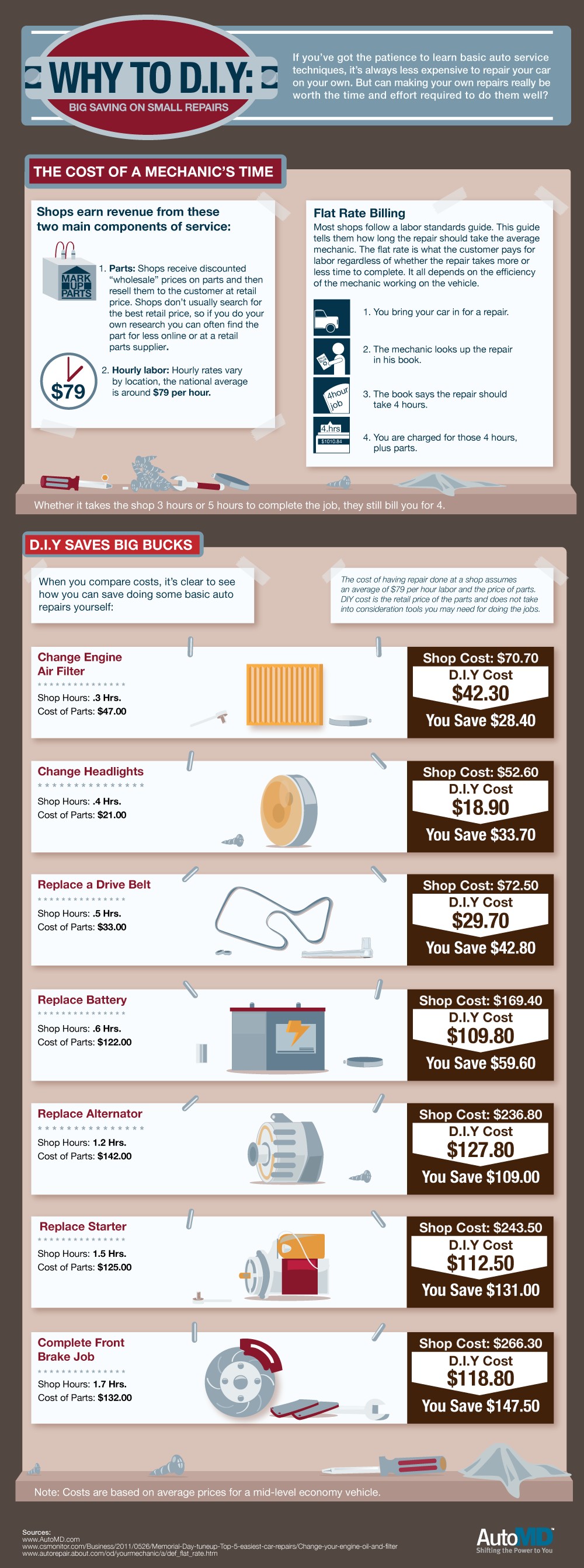Translating Your Car'S Alert Lights: Their Real Implications
Translating Your Car'S Alert Lights: Their Real Implications
Blog Article
Web Content Composed By-Sykes Shepherd
When you're behind the wheel, those glowing caution lights on your control panel can be a bit difficult. Do car valet howick know what they're trying to tell you regarding your car's health? Comprehending the significance of these lights is vital for your safety and the long life of your vehicle. So, the following time among those lights appears, wouldn't you wish to decipher its message properly and take the required actions to resolve it?
Common Warning Lighting and Interpretations
Determine common caution lights in your automobile and recognize their significances to ensure secure driving.
One of the most typical caution lights include the check engine light, which signals problems with the engine or discharges system. If this light comes on, it's vital to have your lorry inspected promptly.
The oil pressure warning light shows low oil stress, requiring immediate attention to stop engine damages.
A flashing battery light might suggest a defective charging system, potentially leaving you stranded otherwise dealt with.
The tire pressure surveillance system (TPMS) light notifies you to reduced tire pressure, impacting car security and fuel efficiency. Ignoring this might result in risky driving problems.
The abdominal light suggests a problem with the anti-lock stopping system, jeopardizing your ability to stop rapidly in emergency situations.
Finally, the coolant temperature level cautioning light warns of engine overheating, which can cause serious damage otherwise dealt with quickly.
Understanding these typical caution lights will certainly assist you attend to issues promptly and keep secure driving problems.
Significance of Prompt Attention
Comprehending the common caution lights in your auto is only the primary step; the value of immediately attending to these cautions can not be highlighted sufficient to guarantee your security when traveling.
When a warning light brightens on your dashboard, it's your vehicle's way of interacting a possible problem that needs interest. Overlooking these warnings can result in more extreme troubles down the road, jeopardizing your safety and potentially costing you a lot more out of commission.
Prompt attention to alerting lights can prevent break downs and crashes. For example, a flashing check engine light could indicate a misfire that, if left ignored, might create damage to the catalytic converter. Addressing this promptly can save you from an expensive repair service.
Likewise, https://www.ratchetandwrench.com/articles/12608-nonprofit-opens-repair-shop-in-west-fargo cautioning light might signify reduced brake fluid or used brake pads, crucial parts for your safety when driving.
DIY Troubleshooting Tips
If you discover a caution light on your control panel, there are a couple of do it yourself repairing suggestions you can attempt before looking for professional aid.
The very first step is to consult your car's handbook to understand what the particular caution light suggests. In some cases the issue can be as easy as a loosened gas cap setting off the check engine light. Tightening the gas cap might deal with the trouble.
An additional usual issue is a low battery, which can set off numerous warning lights. Examining https://franciscoqkfzt.csublogs.com/36598651/translating-your-car-s-caution-indicators-what-they-really-represent for rust and guaranteeing they're safe might deal with the issue.
If a caution light persists, you can attempt resetting it by detaching the auto's battery for a couple of minutes and afterwards reconnecting it. Additionally, checking your vehicle's fluid degrees, such as oil, coolant, and brake liquid, can help troubleshoot warning lights related to these systems.
https://finnrmgcv.webdesign96.com/30721382/wondering-about-the-meaning-behind-those-control-panel-caution-lights-gain-insights-into-their-implications-for-your-vehicle-s-safety-and-security-and-upkeep
In conclusion, comprehending your automobile's warning lights is essential for maintaining your car running efficiently and securely. By promptly addressing these alerts and knowing what they indicate, you can avoid costly repair work and prospective malfunctions.
Keep in mind to consult your vehicle's handbook for particular information on each cautioning light and act as necessary to make sure a hassle-free driving experience.
Remain informed, remain risk-free when driving!
